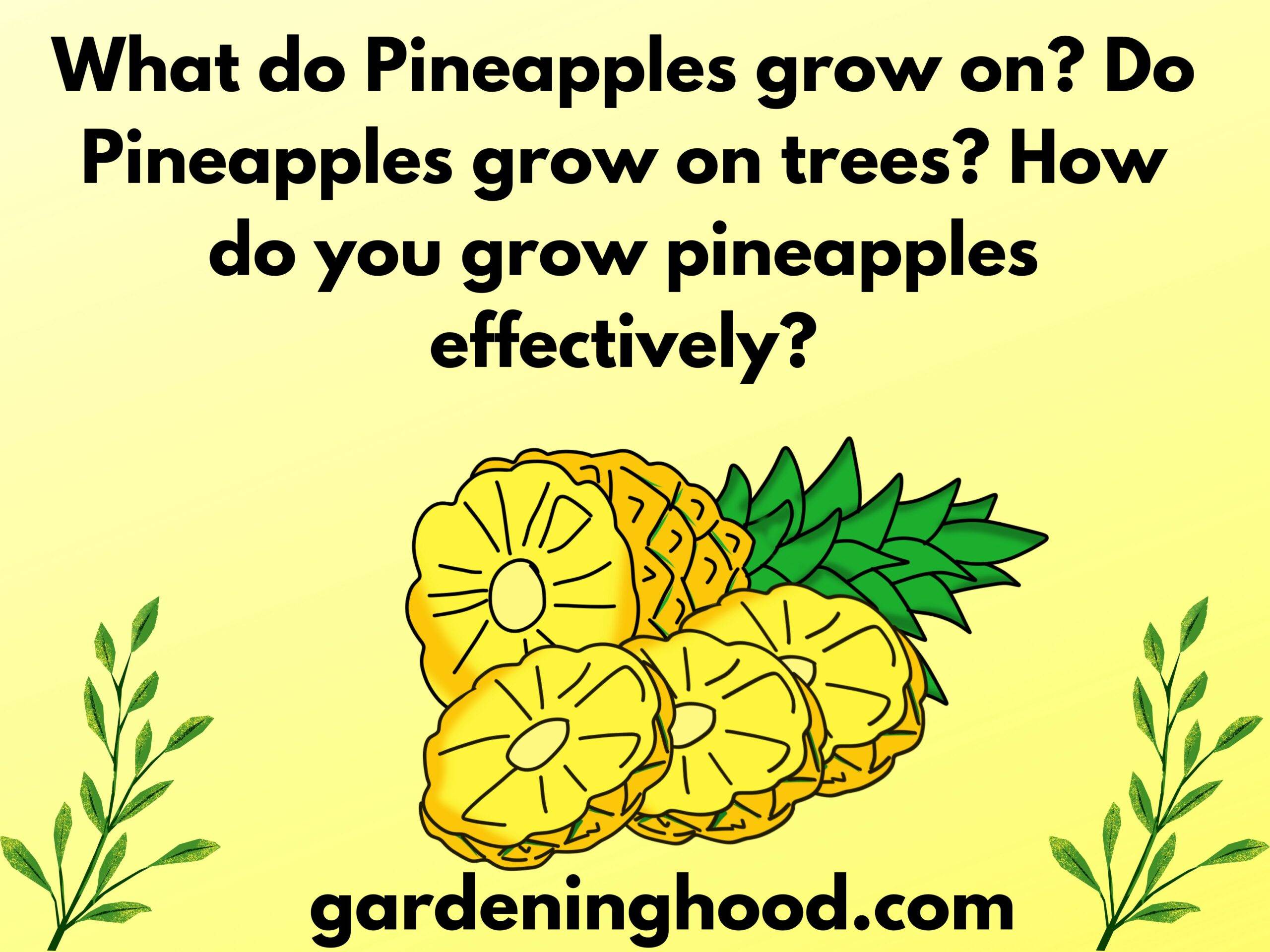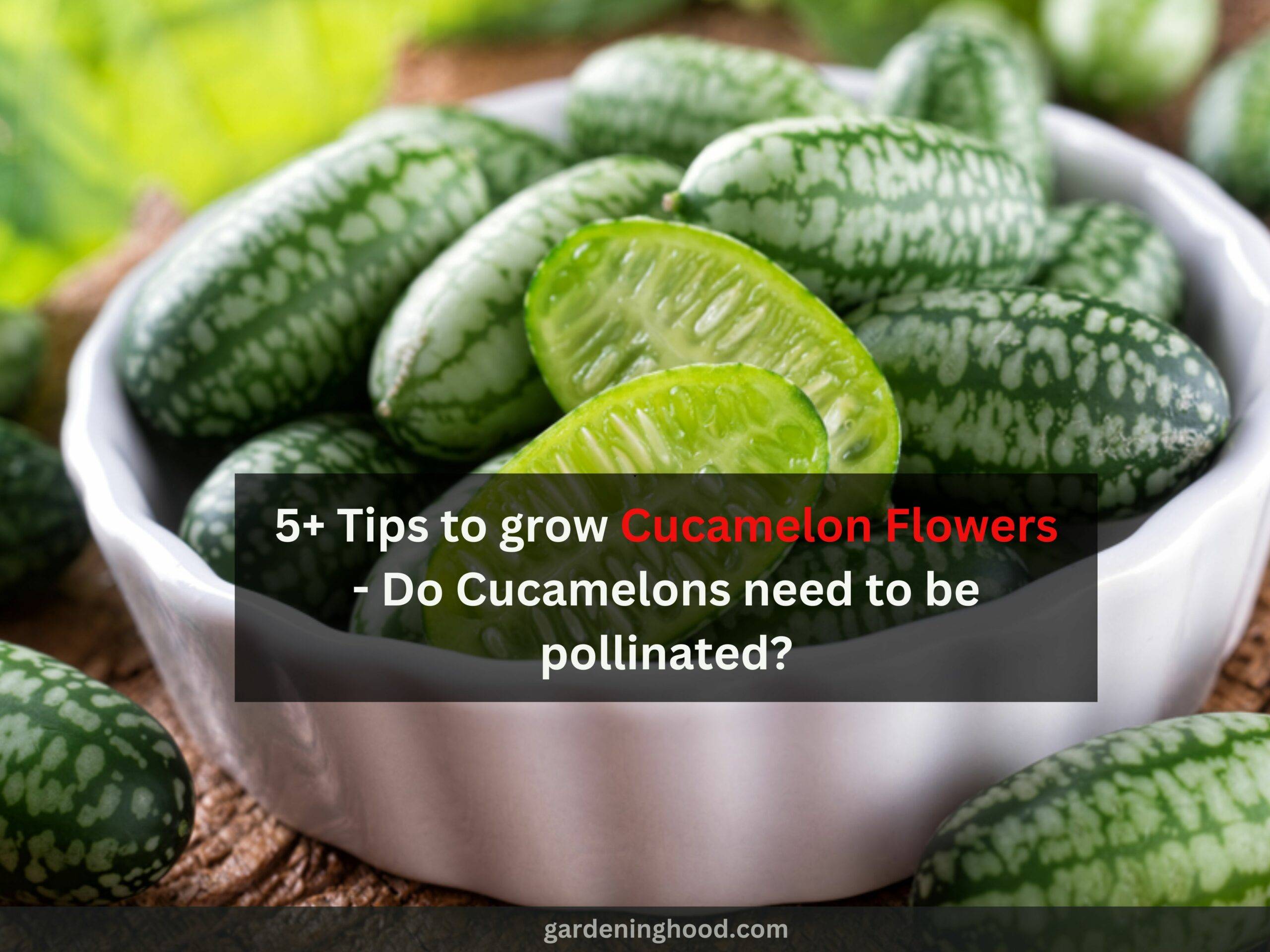Watermelon: Watermelon Stages of Growth from Seed to Harvest
How can a soft seed be transformed into a hard shell fruit? I got curious about it and wanted to get the answer and trust me, growing watermelons is fun and a rewarding experience. But, as per my experience, they require patience, care, and attention.
Stop getting stressed about how to grow them; I am here to help you. According to my experience and implementation, I have explained all the growing stages of watermelon, which will be helpful for any plant lover, whether you are an expert in gardening or a beginner.
Watermelon
It takes around 3 months to complete stages of growth that is from seed to harvesting watermelon. There are also some varieties which may take up to 4 months. Growing the watermelon starts with the process of seed germination that goes through growing Vines and leaves. Then flowers will start blooming and pollinate at the end of the second month. Next is the process of pollinating flowers and set fruit which will be done in the 3rd month. If you are growing smaller varieties they will take less time to mature.

Basic factors about watermelon:
| Common Name | Watermelon |
| Botanical Name | Citrullus lanatus |
| Family | Cucurbitaceae |
| Plant Type | Annual, Vine |
| Mature Size | 16 to 24 in. tall, 48 to 96 in. wide |
| Sun Exposure | Full Sun |
| Soil Type | Moist but Well-Drained |
| Soil pH | Slightly Acidic to Neutral (6.0 and 7.5) |
| Bloom Time | Summer |
| Flower Color | Yellow |
| Hardiness Zones | Not Winter Hardy |
| Native Area | Africa |
| Toxicity | Non-toxic |
So we can divide the growing process of the watermelon into different stages. Hence I have divided them into 9 watermelon stages of growth and let’s learn in detail about the stages.
Planting Watermelon Variety:
- This is the first stage of watermelon where the growth of the plant begins by planting them with the type of the variety you are growing.
- The growth is also affected by the regional climate. For example, living in colder weather, you need to choose an early-season variety of watermelon. For example, the sugar baby and yellow baby varieties of watermelon are suitable for this season.
- Choosing the variety according to your area is important because they do need sufficient sunlight to mature and the early season variety that’s matures in a shorter period so for them adequate sunlight is preferable.
- If you are living in a cold climate then you need to start seeding the watermelon about 4 weeks before only the last Frost of the season. After growing some sprouts out of it you can transfer them into soil where the temperature is at least 70 degrees Fahrenheit.
- A person who is leaving for a warmer reason does have more varieties of watermelon to grow as they will get plenty of sunny days than the standard or early season varieties of watermelons.

Watermelon Stages of Growth from Seed to Harvest:
Seed Chitting:
This process is done before the germinated stay seeds come in contact with the soil. I would suggest you chit watermelon seeds before planting them. As it will help you to grow better yield.
- In this process, you need to place the seed on a damp paper towel and then transfer it to the container at last cover it with the plastic wrap.
- After a few days, you will notice the seed forming a root.
- Next, you need to place the seed one inch Deep and approximately 6 feet apart into a well-draining soil mix.
- Giving them space is important so that they can spread and grow properly.
- If you want to give support to your plant you can use the trellis to cover the vertical space also.
- Make sure to water the seed properly and give the plant approximately 8 to 12 hours of bright sunlight.

Seed Germination:
- This is the second watermelon stage of growth which always begins after the seed is planted in the soil.
- Make sure not to place the seed below 70 degrees Fahrenheit as there the seed will not be able to germinate.
- Make sure to give your plant a good amount of water such as about 1 to 2 inches of water every week.
- The soil condition should be moist, not soggy.
- It will take about 3 to 12 days to complete the process of germination and the new sprouts will start to break the ground.

Sprouting:
- The leaves that grow after seed germination to or more are known as embryonic leaves.
- You need to protect them from the strong winds and animals.
- For successful sprouting, you need to maintain the soil moisture and water the seedlings from 1 to 2 inches every week.
- Make sure not to over Water and make the soil wet. Doing this will kill your plant.

Vegetative Phase:
- This stage do starts from seed germination and lasts to flowering.
- Once the seeds begin to grow sprouts they start growing further faster.
- The leaves will start growing within 10 days.
- The photosynthesis process will be started by those leaves that will give the plant energy for more growth.
- The leaves will mature more within 2 weeks and vines of the plant will be able to grow upto 12 feet.
- If you observe more growth the vines indicate that the plant has entered into the next growing stage.

Branching:
- After growing new wines or branching, you need to maintain the nutrients that are required by the watermelon plant.
- For this, you need to add half a cup or 120 ml of bone meal into the soil.
- Make sure to mix it gently without damaging the root of the plant.
- If you mix the bone mill the growth of the watermelon will be more rapid.
- You also need to increase watering by about 1 to 2 inches twice a week.
- After this, the watermelon plant will start blooming more Vines and enter the next growth stage.

Flowering and Pollination:
- The plant does grow male and female flowers.
- In the case of the male flower, it is necessary to pollinate and bring the pollination in the female flower.
- The male flower blooms first and then the female flower.
- There are some varieties of watermelon which contain male and hermaphrodite flowers.
- The fruit will be able to grow after successful pollination.
- For pollination, bees, wasps, and bumblebees are good pollinators.
- You can also use a Q-tip for transferring Pollen from male flowers to female flowers.

Fruit Setting:
- If you notice a small bulge behind the female flower then it is a sign of a fruit setting.
- After some time it will get bigger and start appearing like a watermelon fruit.
- At this time you need to fertilize the soil but that should have a low nitrogen value.
- The perfect ratio should be off 5-10-10.
- Make sure to water the plant perfectly which will impact the taste of the fruit.
- In case, you want sweeter but less watery then lesser up the watering the plant at an inch per week.
Maturity and Harvesting:
- The fruit does take around a month to get mature.
- You need to keep an eye on the fruit phone noticing the level of ripeness and sweetness.
- In case the color of the watermelon is dark green and does produce hollow sounds then it indicates that it is the sweetest fruit.
- Having a yellow spot on the fruit indicates that the fruit is fully ripe.
- In case the watermelon is webbing which indicates the fruit is sweet.
- It is not the same sign in every variety of the watermelon so you need to search according to the variety of the watermelon you have planted.

Drying:
- At the end of the season, the Vines will not produce any more fruits and begin to dry.
- Drying out is the last watermelon growth stage.
- At this stage, you need to collect as many seeds as possible from the fruits and dry them all.
- After the seeds get hard and up you can plant them again when the spring season comes again and enjoy your sweet and juicy watermelon again.
Conclusion:
The watermelon growth stages are different according to the varieties of watermelon such as seedless varieties Bush early varieties ice box varieties and standard varieties of watermelon. You can follow up the watermelon growing stages that I have mentioned above but before that, you need to make sure what is your watermelon variety.
I have made sure to answer all your questions regarding the watermelon growth stages.


